UCAT Mini-Test
VR Question 4
What type of people would be most interested in separating Arthurian fiction from fact?
Passage 2
The development of the printing press in the 15th century was an innovation that revolutionised communication and the spread of knowledge. The credit for this invention goes to Johannes Gutenberg, a German blacksmith and goldsmith, who developed a process of printing using movable type. Gutenberg's printing press utilised metal movable type, which allowed for more efficient and cost-effective production of books and other printed materials when compared to its predecessors.
Before the invention of the printing press, books were hand-copied by scribes, making them expensive and rare. With the advent of the printing press, books became more accessible, leading to an increase in literacy rates and the dissemination of ideas across Europe. The increase was a gradual process influenced by the increased accessibility of printed materials. The printing press facilitated the spread of the Renaissance and the Reformation as it enabled the rapid and widespread distribution of new ideas and texts.
Gutenberg's printing press was an immediate commercial success, and within a few decades, its use had spread throughout Europe. Many entrepreneurs recognised the potential for profit in the printing industry and set up their own printing businesses. This helped fuel an explosion of printed materials, including books, pamphlets, and newspapers, which transformed the way people consumed information.
As the centuries progressed, the Gutenberg-style printing press eventually faced decline due to technological advancements. By the 19th century, new printing technologies, such as the steam-powered printing press, surpassed the capabilities of the original mechanical presses. These newer presses could produce thousands of pages per hour, compared to the few hundred pages Gutenberg’s press could produce in a day. This shift marked a significant evolution in the printing industry, leading to even greater accessibility and proliferation of printed materials. Despite this, the legacy of Gutenberg’s invention remains foundational in the history of communication, having laid the groundwork for the mass distribution of knowledge and ideas.
Passage 2
The development of the printing press in the 15th century was an innovation that revolutionised communication and the spread of knowledge. The credit for this invention goes to Johannes Gutenberg, a German blacksmith and goldsmith, who developed a process of printing using movable type. Gutenberg's printing press utilised metal movable type, which allowed for more efficient and cost-effective production of books and other printed materials when compared to its predecessors.
Before the invention of the printing press, books were hand-copied by scribes, making them expensive and rare. With the advent of the printing press, books became more accessible, leading to an increase in literacy rates and the dissemination of ideas across Europe. The increase was a gradual process influenced by the increased accessibility of printed materials. The printing press facilitated the spread of the Renaissance and the Reformation as it enabled the rapid and widespread distribution of new ideas and texts.
Gutenberg's printing press was an immediate commercial success, and within a few decades, its use had spread throughout Europe. Many entrepreneurs recognised the potential for profit in the printing industry and set up their own printing businesses. This helped fuel an explosion of printed materials, including books, pamphlets, and newspapers, which transformed the way people consumed information.
As the centuries progressed, the Gutenberg-style printing press eventually faced decline due to technological advancements. By the 19th century, new printing technologies, such as the steam-powered printing press, surpassed the capabilities of the original mechanical presses. These newer presses could produce thousands of pages per hour, compared to the few hundred pages Gutenberg’s press could produce in a day. This shift marked a significant evolution in the printing industry, leading to even greater accessibility and proliferation of printed materials. Despite this, the legacy of Gutenberg’s invention remains foundational in the history of communication, having laid the groundwork for the mass distribution of knowledge and ideas.
VR Question 5
Gutenberg's printing press immediately increased literacy rates across Europe.
VR Question 6
Gutenberg's printing press reduces the costs of printing compared to previous techniques.
VR Question 7
Initial attempts to replicate Gutenberg's movable type printing resulted in failures.
VR Question 8
Steam-powered printing presses in the 19th century were more effective in terms of production capacity compared to Gutenberg's original printing press.
Place ‘Yes’ if the conclusion does follow. Place ‘No’ if the conclusion does not follow.
Jean, Diluc, Anna, Lisa, and Collei went to an Italian restaurant, and each had one pasta dish. The pasta was either linguine, fettuccine, or penne.
Two pasta dishes were served with marinara sauce, and the rest were served with pesto sauce.
All the marinara dishes were served with penne.
Pesto sauce was served with either linguine or fettuccine.
Collei and Jean did not have pesto sauce.
Amongst Diluc, Anna, and Lisa, only Anna had a fettuccine dish.
Which of the following statements is true?
Should afloat companies be required to provide pensions for employees to aid them when they legitimately cannot work?
Select the strongest argument from the statements below.
Food deliveries are increasingly popular in the UK. With a number of services competing with one another, consumers have a selection of exclusive and shared restaurants that they can order from. With rising competition, promotions are provided for consumers on a daily basis, a situation which certainly benefits consumers, but the extent that this benefits the restaurants is questionable. If not for providing a sense of place, restaurants may no longer need to operate services on their properties and instead rely fully on food delivery channels which continue to generate profits with their practices.
Place ‘Yes’ if the conclusion does follow. Place ‘No’ if the conclusion does not follow.
In a robotics competition, there are 54 robots competing, which are either advanced models or basic models. The number of robots with AI capabilities exceeds those without by 6. Among the 32 advanced models, 24 are equipped with AI capabilities.
How many basic model robots have AI capabilities in the competition?
Luna and Sofia play a game by taking turns to randomly draw a card from a deck that is numbered from 1 to 10, with replacement. Some of the numbers have more than one card. The first person to draw an odd number wins. Luna draws first.
Luna and Sofia have an equal chance of winning no matter how many identical cards there are.
The graphs show the average attendances of single sex school and average expense ratio of single sex school in 3 different towns.
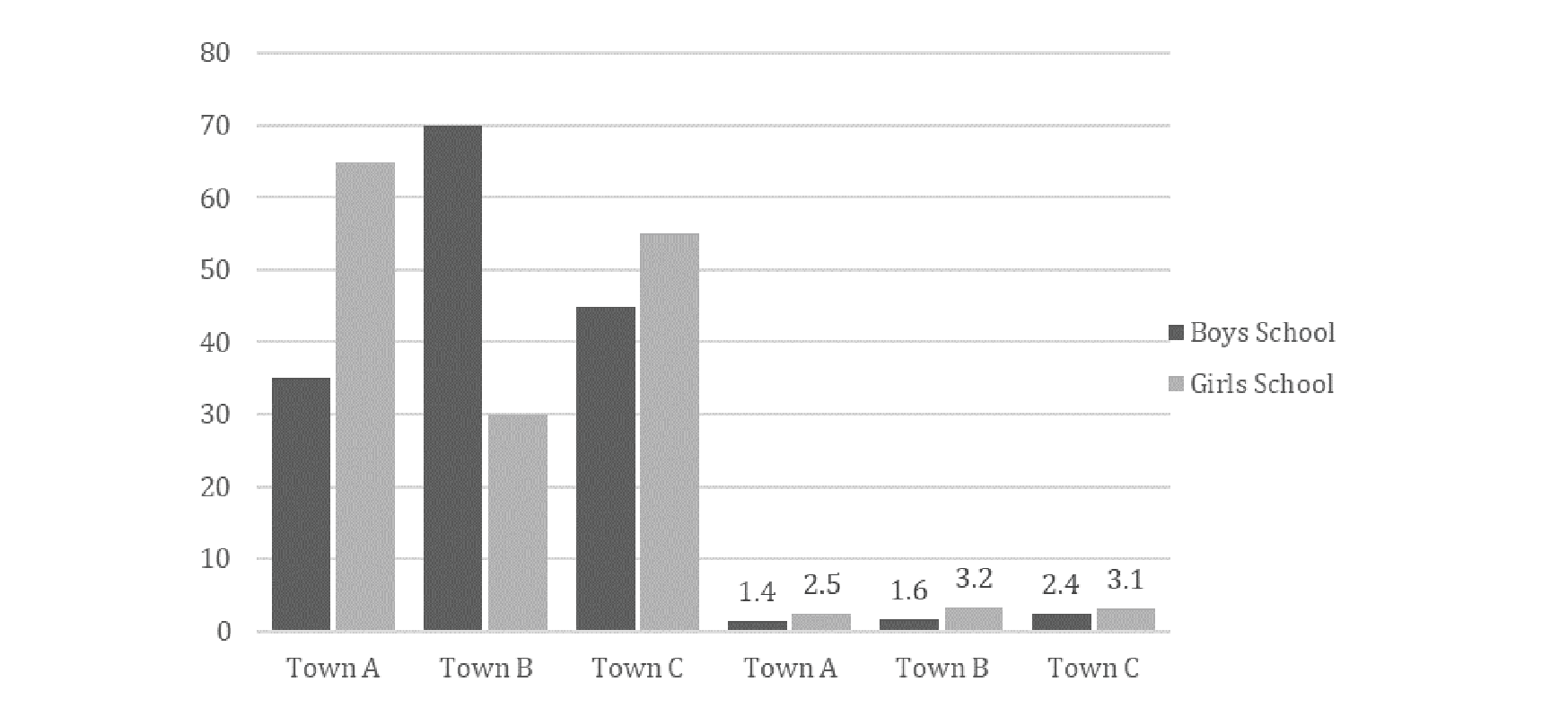 The total number of girls in town B who attended girls school in Y1 was 2,340. If the total children in town B was 56,840, what percentage of the total children of town B in Y1 attended single sex school?
The total number of girls in town B who attended girls school in Y1 was 2,340. If the total children in town B was 56,840, what percentage of the total children of town B in Y1 attended single sex school?
The table shows the approximate population of reindeer in Alaska, Montana, and Idaho in five different years.

In the year in which there was the greatest percentage decrease in reindeer population in Alaska from the previous year, what was the approximate percentage decrease in reindeer population in Idaho from the previous year?
Gas consumption and GHG emissions of two ferries, one powered by Marine H and other by Marine S, are given in the table below.
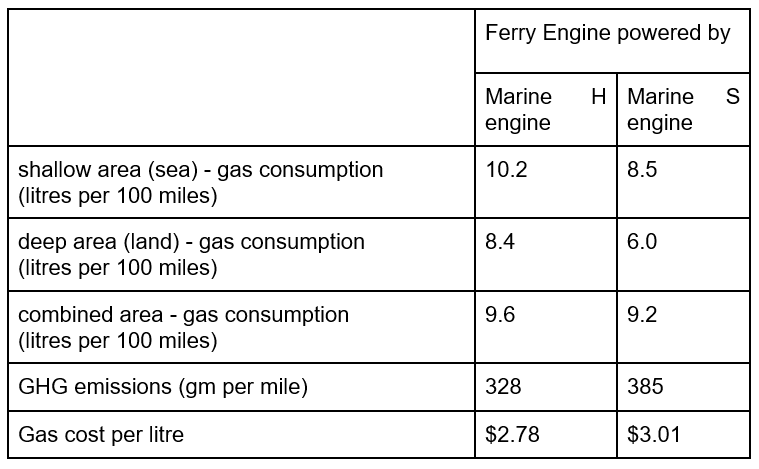
The Marine S engine ferry is used for a long drive of 250 miles in the deep area. By how much would the cost of this drive differ if the Marine H engine ferry were used instead?
The average number of 5th grade students in 8 schools is 568. The number of 5th grade students in 7 of 8 schools is 593, 512, 641, 525, 554, 687 and 501. What is the number of 5th grade students in the eighth school?
The table below shows 7 different bonds, par value, annual return, and years of maturity.

According to government regulation, the government would tax the balance over $500 of all annual payments greater than $500. If an investor invests in bond B, he pays $172.5 for tax. What would be the rate of tax?
A bread factory delivers bread to five different bakery shops, bake to bake, Bakery’s, bake me up, you bake and Baggy Bake, everyday. The bar graph compares the total number of breads delivered on a certain day to each shop. The number delivered to Bake me up is missing.
The pie chart shows the percentage of each type of bread delivered to Bake to bake shop.
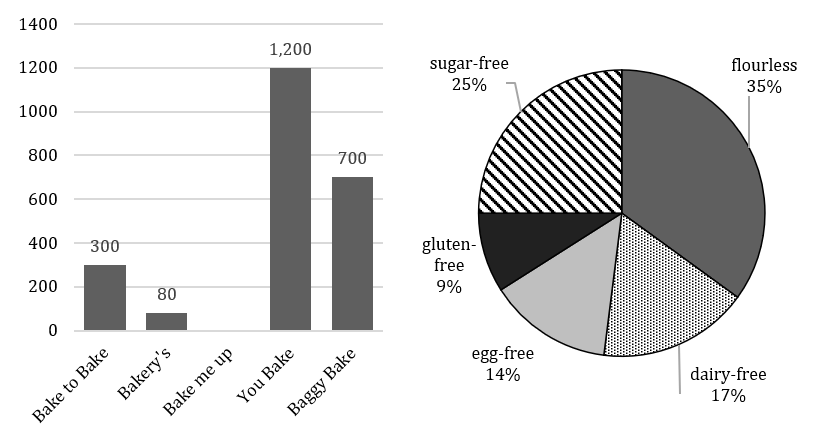
The combined percentage of sugar-free bread and gluten-free bread delivered to You bake shop is 48%. The difference between the number of gluten-free bread and sugar-free bread delivered to Bake to bake shop and You bake shop is equal. How many gluten-free breads could be delivered to You bake shop?
Set A, Set B, or Neither 1
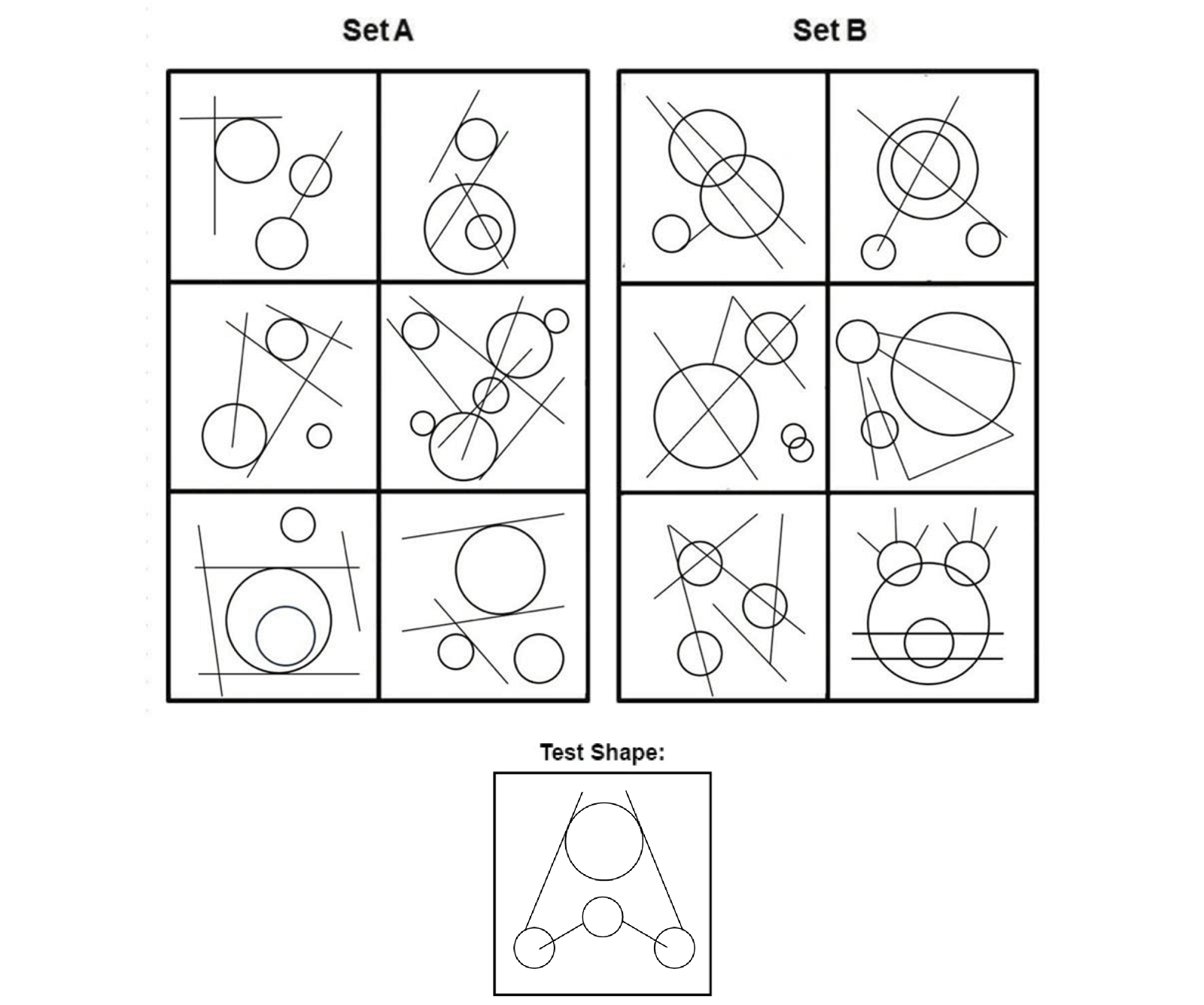
Next Shape in the Series

Which figure completes the series?
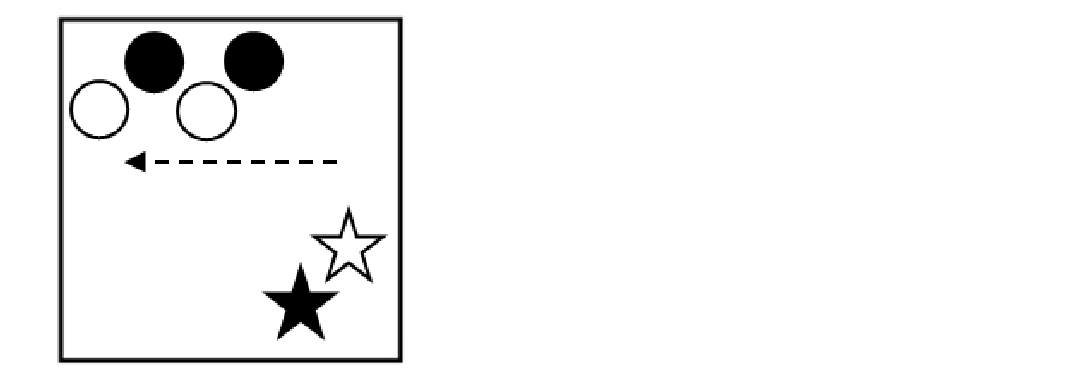
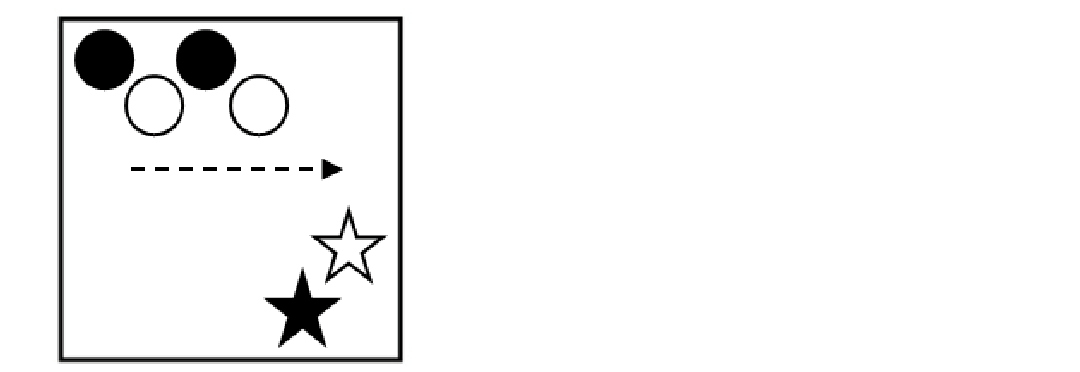
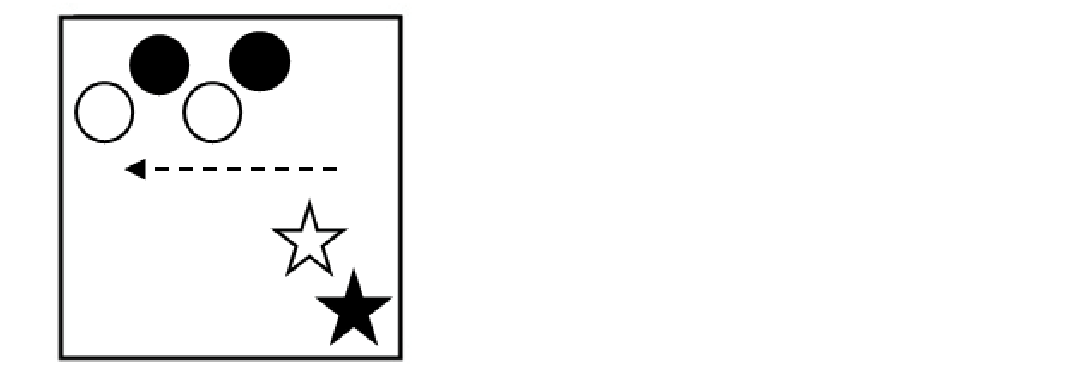
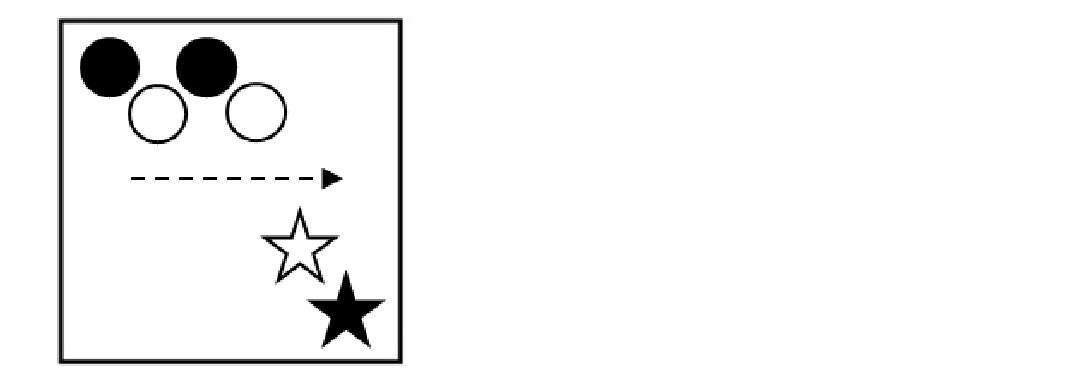
Complete the Statement
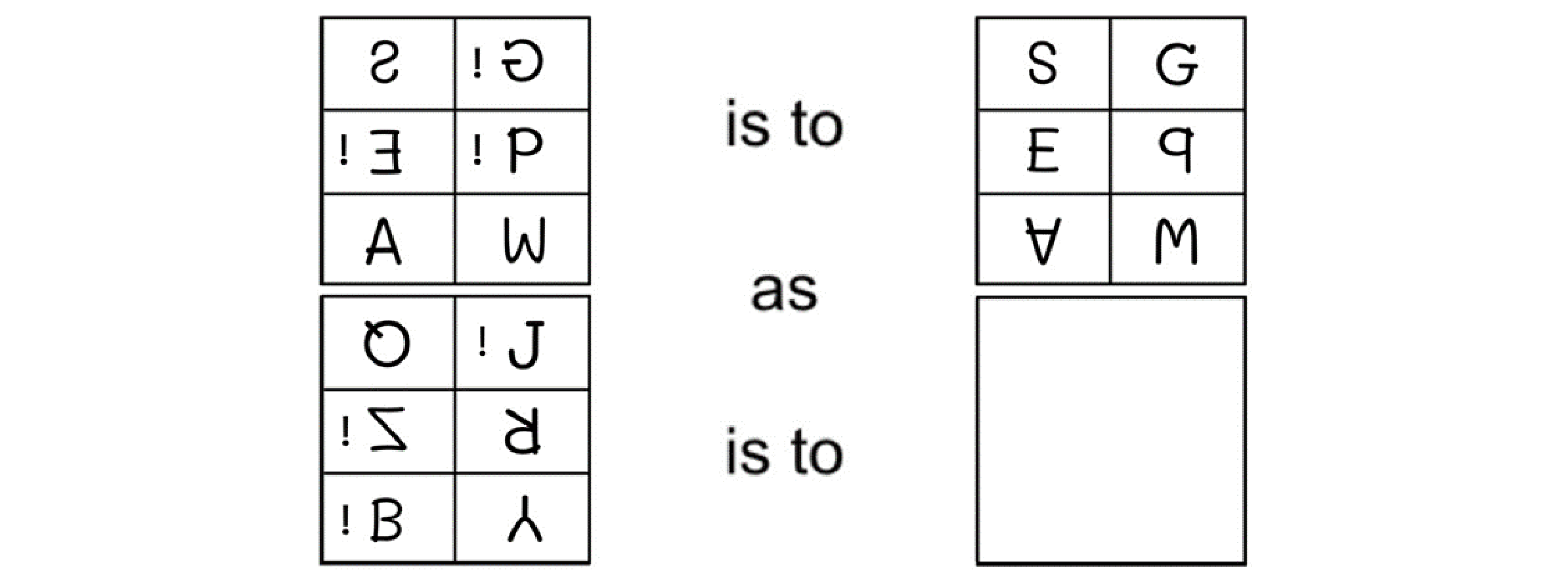
Which figure completes the statement?
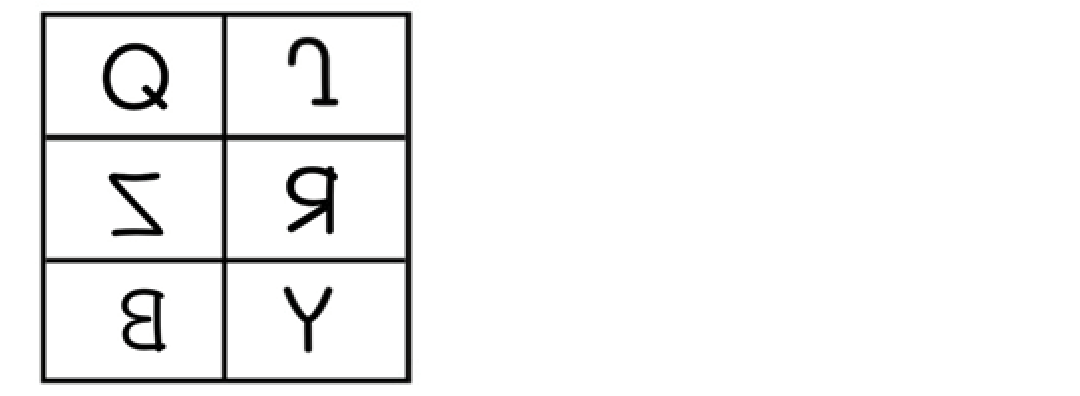
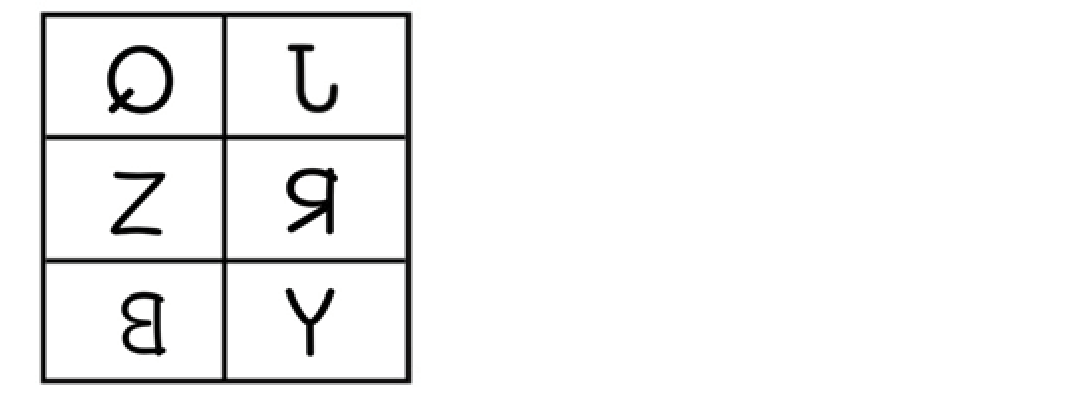
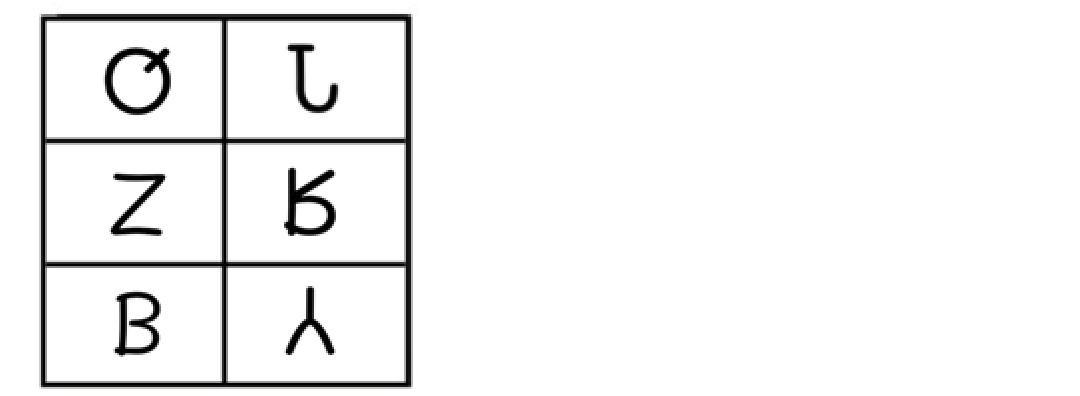
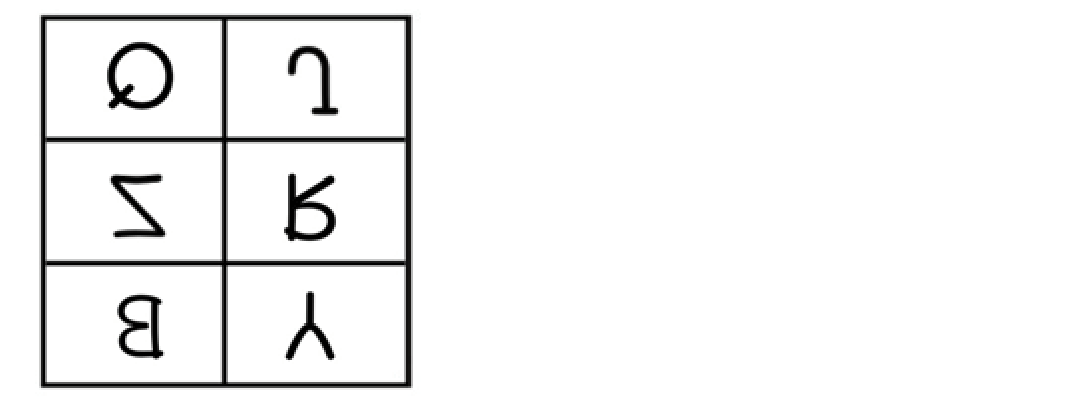
Which of the following test shapes belongs in Set (A or B)?

Which of the following test shapes belongs in Set A?

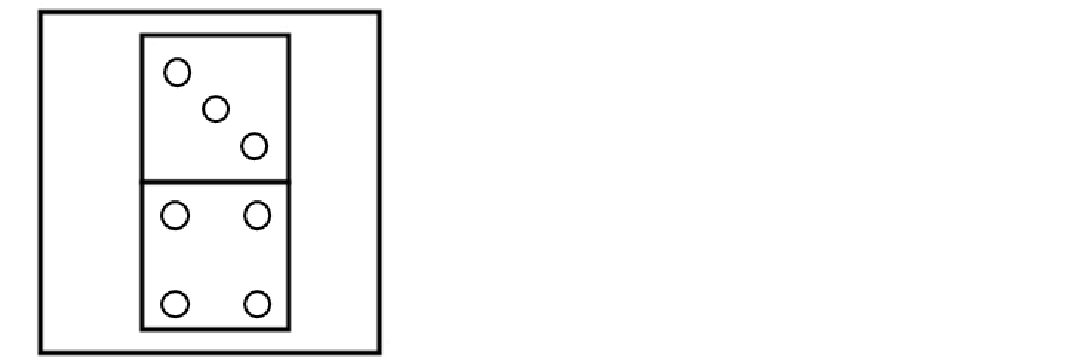
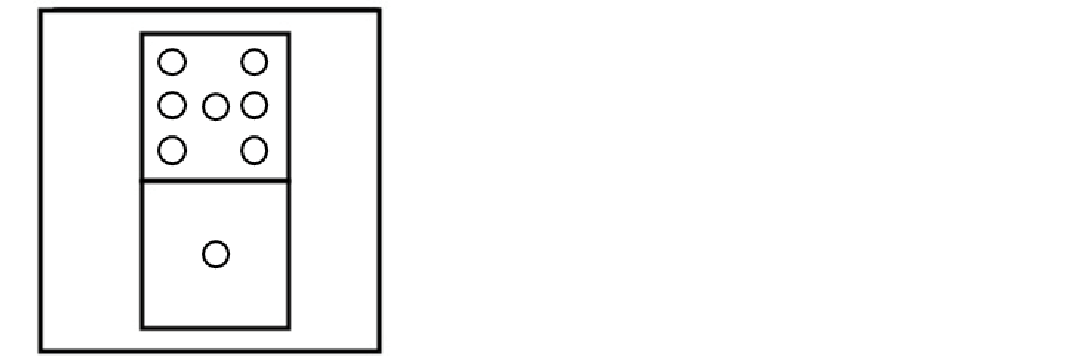

Teo has been working as a resident for almost a year. He does not like to engage in small talk but has no issues with professional ones. His attending physician approaches him that other team members feel that it is difficult to maintain communication with him and asks him to think about how this issue can be alleviated.
How important to take into account are the following considerations for Teo when deciding how to respond to the situation?
Teo has been working as a resident for almost a year. He does not like to engage in small talk but has no issues with professional ones. His attending physician approaches him that other team members feel that it is difficult to maintain communication with him and asks him to think about how this issue can be alleviated.
How important to take into account are the following considerations for Teo when deciding how to respond to the situation?
A) Very Important
The impact that the difficulty in maintaining communication has on the team dynamics
A) Very Important
Mila, a medical student, is completing her hospital placement. She is accompanying Dr Stevens, who is conveying test outcomes to a patient, Jake, who is experiencing ongoing back pain. Dr Stevens tells Jake that all his tests are normal, suggesting the pain might be due to muscle strain. Suddenly, Dr Stevens has to leave for an urgent situation. After he leaves, Jake expresses to Mila his frustration about not having a definitive diagnosis for his pain.
How appropriate are each of the following responses by Mila in this situation? Assume that each of the following responses would be said politely.
Mila, a medical student, is completing her hospital placement. She is accompanying Dr Stevens, who is conveying test outcomes to a patient, Jake, who is experiencing ongoing back pain. Dr Stevens tells Jake that all his tests are normal, suggesting the pain might be due to muscle strain. Suddenly, Dr Stevens has to leave for an urgent situation. After he leaves, Jake expresses to Mila his frustration about not having a definitive diagnosis for his pain.
How appropriate are each of the following responses by Mila in this situation? Assume that each of the following responses would be said politely.
“I understand that it is upsetting not having a clear diagnosis for your pain at this point."
A) A very appropriate thing to say
“I will check with Dr Stevens if there are any additional tests we can conduct.”
A) A very appropriate thing to say
Yamada, a medical student, is in a waiting room preparing to join a clinic session. Around him are several people, presumably there for appointments. A consultant, whom the student knows, walks into the room with a colleague unknown to the student. They are openly discussing a patient, Mrs Ellis, and the outcomes of her recent tests. Yamada is aware that Mrs Ellis is currently being treated in the clinic and has not been informed about these test results yet.
How appropriate are each of the following responses by Yamada in this situation?
Yamada, a medical student, is in a waiting room preparing to join a clinic session. Around him are several people, presumably there for appointments. A consultant, whom the student knows, walks into the room with a colleague unknown to the student. They are openly discussing a patient, Mrs Ellis, and the outcomes of her recent tests. Yamada is aware that Mrs Ellis is currently being treated in the clinic and has not been informed about these test results yet.
How appropriate are each of the following responses by Yamada in this situation?
Approach the consultants discreetly, once they have left the room, and mention that their conversation about Mrs Ellis's tests might have been overheard by others in the waiting area.
A) A very appropriate thing to do
Monitor the consultant in different scenarios to check if he discusses patient details in public areas again.
A) A very appropriate thing to do
Connor, a medical student, is on a long-distance train journey to Spain for a vacation. As the train approaches its final few hours of travel, an urgent message is broadcast over the train's intercom, requesting the assistance of anyone with medical training due to an emergency. Connor, while extensively trained, is not yet a licensed physician. The request is repeated several times, leading Connor to think that there might not be any fully qualified medical professionals on the train. The repeated announcements are causing noticeable distress among the passengers. Connor is faced with the decision of whether to offer his help in this situation.
How important to take into account are the following considerations for Connor when deciding how to respond to the situation?
Connor, a medical student, is on a long-distance train journey to Spain for a vacation. As the train approaches its final few hours of travel, an urgent message is broadcast over the train's intercom, requesting the assistance of anyone with medical training due to an emergency. Connor, while extensively trained, is not yet a licensed physician. The request is repeated several times, leading Connor to think that there might not be any fully qualified medical professionals on the train. The repeated announcements are causing noticeable distress among the passengers. Connor is faced with the decision of whether to offer his help in this situation.
How important to take into account are the following considerations for Connor when deciding how to respond to the situation?
In the dental school cafeteria, Ava sees her classmate, Ethan. Ethan seems very troubled and approaches Ava, sharing, “I’ve just learned that I didn’t pass all my dental exams, and I have to redo the year to remain in the dental program. I genuinely gave it my all, but I'm scared that I might fail again even if I repeat. I’m thinking about leaving dental school. What do you think my next step should be?”
How appropriate are each of the following responses by Ava in this situation? Assume that each of the following responses would be said politely.
In the dental school cafeteria, Ava sees her classmate, Ethan. Ethan seems very troubled and approaches Ava, sharing, “I’ve just learned that I didn’t pass all my dental exams, and I have to redo the year to remain in the dental program. I genuinely gave it my all, but I'm scared that I might fail again even if I repeat. I’m thinking about leaving dental school. What do you think my next step should be?”
How appropriate are each of the following responses by Ava in this situation? Assume that each of the following responses would be said politely.
“Have you thought about reaching out to the dental school’s counsellor or academic advisor for advice on your situation?”
“I believe you’ll have a better chance of succeeding in the exams on your next attempt.”
“Perhaps considering a switch to another programme, possibly one that is less challenging, could be an option?”
Wilskin is finishing his residency in the dermatological ward and is shifting to the cardiological ward tomorrow. The doctor that he trains under comes to him to ask him to continue in the skin ward as his work is appreciated. Wilskin explains that it is compulsory for him to train through all the different wards, but the doctor suggests that he can excuse him based on his performance. Wilskin actually enjoys working in the dermatological ward and working with the doctor in question, but he would like to train through all the wards first before settling there.
Choose both the one most appropriate action and the one least appropriate action that Wilskin should take in response to this situation.
You will not receive any marks for this question unless you select both the most and least appropriate actions.
Wilskin is finishing his residency in the dermatological ward and is shifting to the cardiological ward tomorrow. The doctor that he trains under comes to him to ask him to continue in the skin ward as his work is appreciated. Wilskin explains that it is compulsory for him to train through all the different wards, but the doctor suggests that he can excuse him based on his performance. Wilskin actually enjoys working in the dermatological ward and working with the doctor in question, but he would like to train through all the wards first before settling there.
Choose both the one most appropriate action and the one least appropriate action that Wilskin should take in response to this situation.
You will not receive any marks for this question unless you select both the most and least appropriate actions.